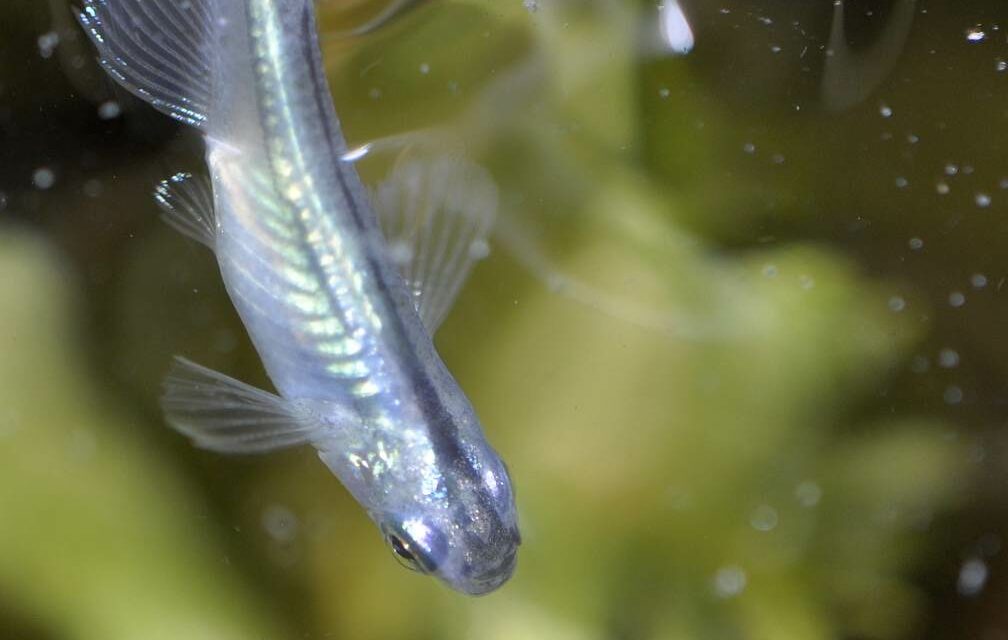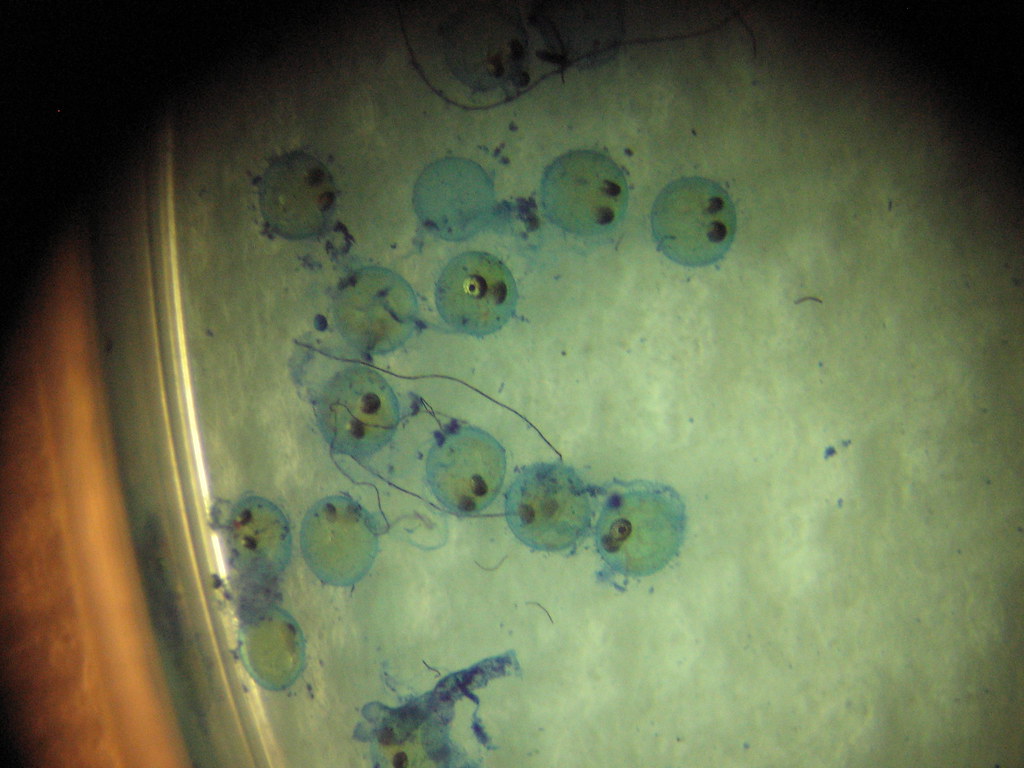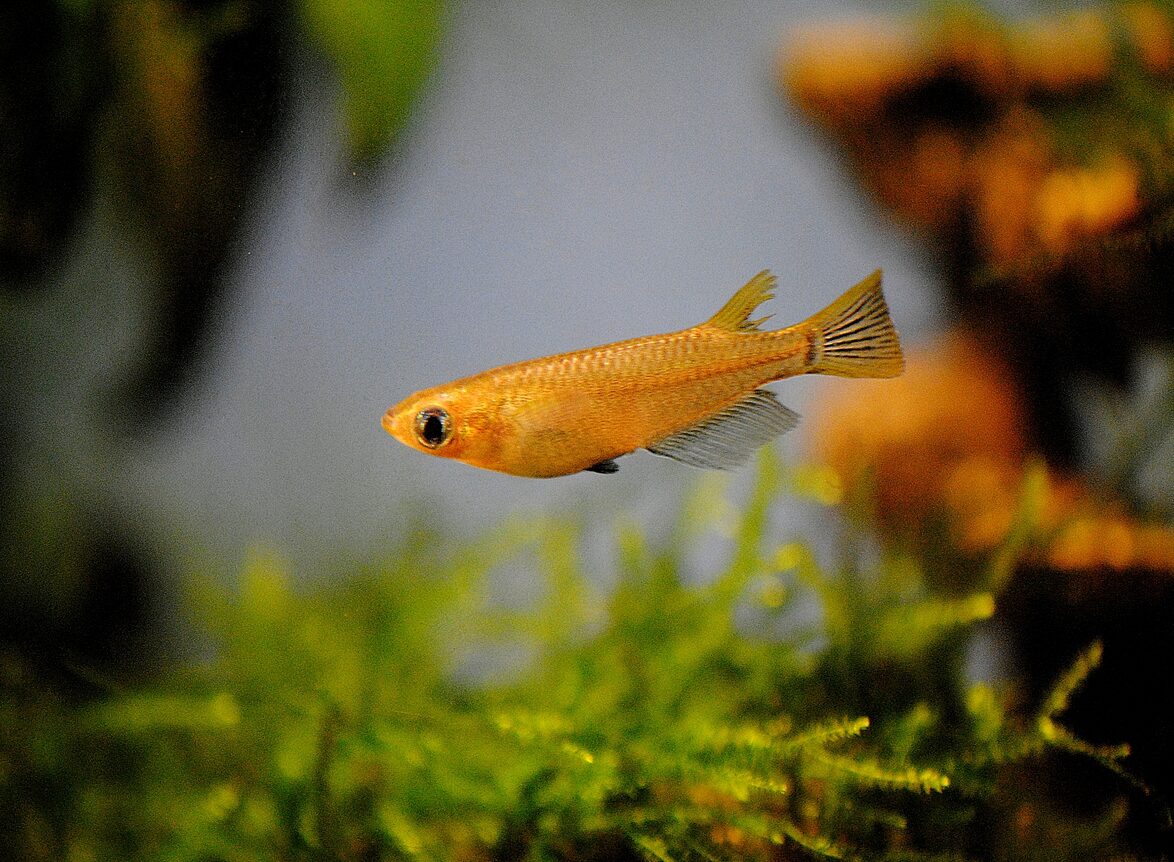
Understanding Medaka Behavior: What's Normal?
As a medaka owner, you naturally want your fish to be healthy and happy. But how do you know if their behavior is normal? Medakas, also known as Japanese rice fish, exhibit fascinating behavioral patterns that can reveal a lot about their well-being. In this article, we'll delve into the typical behavior of these special fish, so you can better recognize when everything is going well and when something might be wrong. Whether you're a novice or experienced medaka keeper, understanding their natural behavior will help you create an optimal environment.
What is typical Medaka behavior?
Medakas are naturally active and inquisitive fish that spend most of their day on the move. They prefer to swim in the upper layers of the water, where in the wild they forage for insects and other food near the surface. This behavior is also reflected in the aquarium: healthy medakas often hover just below the water's surface and react enthusiastically when you approach the tank. This is completely normal and actually a sign that your fish are thriving.
Another characteristic behavior is their social nature. Medakas are schooling fish that thrive in groups of at least five or six individuals. You'll often see them swimming together, following each other, and sometimes even playfully chasing each other. This isn't aggressive behavior, but simply their natural way of socializing. Solitary medakas, on the other hand, can become withdrawn or stressed, which manifests as decreased activity.
Medakas also exhibit distinct day and night rhythms. They are most active during the day, especially during the morning and evening hours when they would hunt in the wild. At night, they often rest among plants or ornaments, which can cause their colors to fade slightly. This is a completely natural phenomenon and not a cause for concern. Scientific research has shown that medakas are sensitive to light cycles, so a regular day-night rhythm is important for their well-being.
Swimming patterns and social interactions
The swimming pattern of healthy medakas is smooth and energetic. They like to move horizontally through the aquarium, actively using their fins for stability and direction. Occasionally, they make sudden, rapid movements, which is normal and indicates alertness. If you see your medakas regularly exploring all levels of the aquarium, but especially preferring the upper part, this is a sign of healthy, natural behavior.
The social hierarchy within a medaka group is subtle but present. Males can exhibit territorial behavior, especially during mating season, pushing other males away from females. This sometimes results in brief chases, but rarely in actual fights or injuries. Females are generally more peaceful and swim quietly in small groups. It's common to see certain fish take the lead while others follow.
The courtship behavior of male Medaka is also interesting. When a male is courting a female, he spreads his fins, makes rapid circular movements, and tries to impress the female with his colors. This behavior is often accompanied by vibrations and can occur several times a day. After successful mating, females lay eggs, which initially remain attached to their abdomens before being deposited among plants. This entire process is a wonderful example of normal, healthy Medaka behavior that you can regularly observe in a well-maintained aquarium.
Understanding normal medaka behavior is essential for any owner who wants the best for their fish. By knowing what's typical—from their active swimming patterns in the upper water layers to their social interactions and courtship displays—you can quickly identify when something's amiss. Changes in behavior can indicate stress, illness, or water quality problems. Take the time to observe your medakas daily and enjoy their fascinating behavior patterns. The better you know them, the better you can care for them. Do you have questions about specific behavior you see in your medakas? Feel free to share your experiences in the comments below!






Leave a Comment
Your email address will not be published. Required fields are marked *